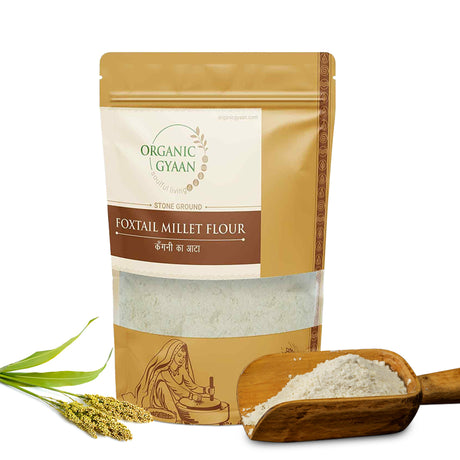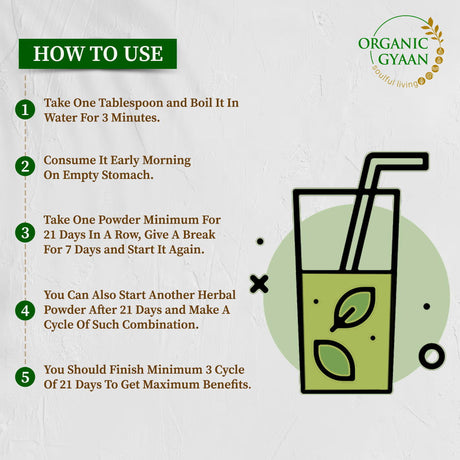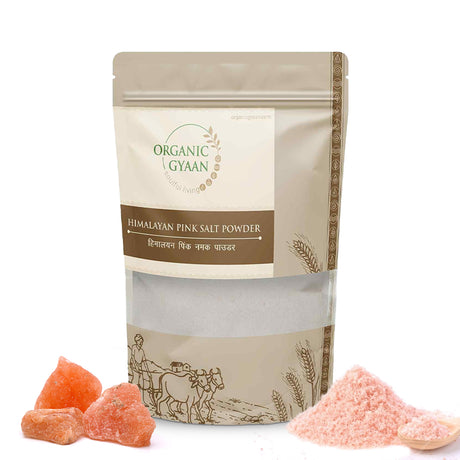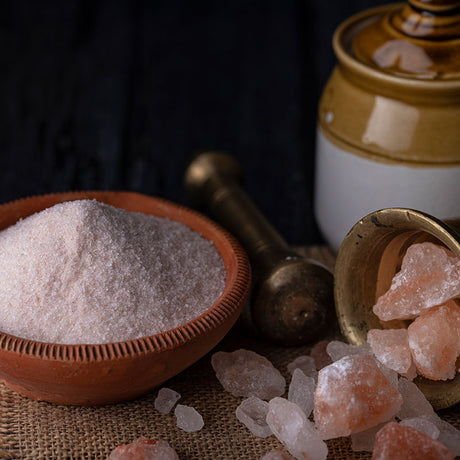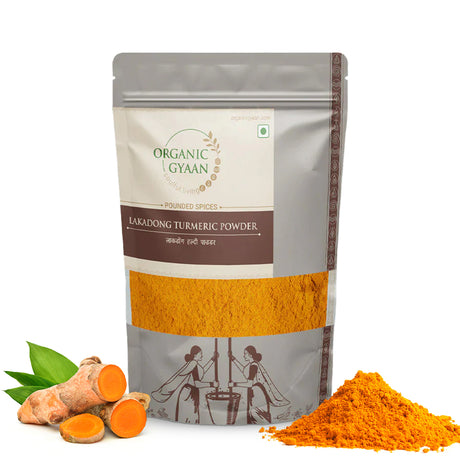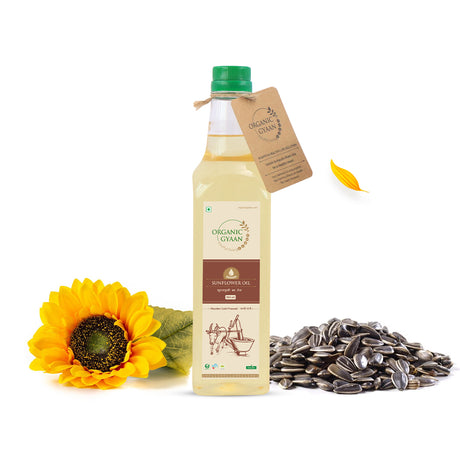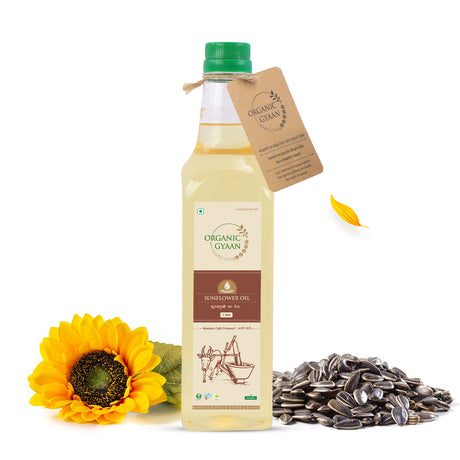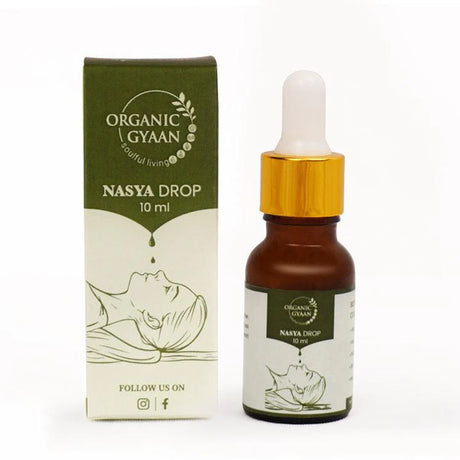Did you know that more than 500 million adults globally are living with diabetes today? That’s a staggering number—and one that continues to grow every year. With such alarming figures, more and more people are turning to natural and nutritional ways to manage their blood sugar levels. And one ancient grain has recently come back into the spotlight: ragi, or finger millet.
But the real question on everyone’s mind is—is ragi good for diabetes?
In this blog, we’ll take a deep dive into what makes ragi such a compelling choice for people with diabetes. We’ll explore the ragi benefits, how it works to stabilize blood sugar, and how you can easily make it a part of your daily meals. Whether you’re newly diagnosed or just looking for better dietary options, this guide is for you.
What is Ragi?
Ragi, also known as finger millet, is a whole grain that has been part of traditional Indian diets for centuries. Unlike modern-day processed cereals, ragi is consumed in its natural, unrefined form—making it a powerhouse of nutrition. It’s especially rich in dietary fiber, calcium, amino acids, and antioxidants.
What really makes ragi stand out, particularly for people with diabetes, is its low glycemic index. But more on that in a moment.
Is Ragi Good for Diabetes? Let's Break It Down
Let’s face it—living with diabetes requires constant vigilance. Every bite matters. And that’s exactly why grains like ragi are gaining so much attention in diabetic diets. Here's how ragi supports blood sugar control:
1. Low Glycemic Index (GI)
The glycemic index tells us how quickly a food can raise blood sugar levels. Foods with a high GI cause blood sugar spikes, which are dangerous for diabetics. Ragi, however, has a low to moderate GI, meaning it’s absorbed slowly into the bloodstream. This slow release helps avoid those sudden sugar spikes and crashes.
2. Packed with Fiber
Ragi is loaded with both soluble and insoluble fiber. Soluble fiber helps slow down the absorption of sugar, keeping your blood sugar levels more stable after meals. Insoluble fiber, on the other hand, supports digestion and gut health—something that plays a surprisingly big role in metabolic control.
3. Naturally Gluten-Free
If you have diabetes and also struggle with gluten intolerance or celiac disease, ragi is an excellent substitute for wheat or barley. It's easy on the stomach and provides essential nutrients without the allergic reactions.
4. Rich in Essential Minerals
Ragi is high in magnesium, which is a mineral known to support insulin sensitivity. It also contains calcium and iron—making it a full package for overall health, especially for those dealing with long-term complications of diabetes.
5. Helps with Weight Management
One of the most overlooked parts of diabetes management is weight control. Ragi helps you feel full longer due to its fiber and protein content. This satiety can reduce unnecessary snacking and overeating, which are often the culprits behind weight gain and insulin resistance.
Ragi Benefits That Go Beyond Diabetes
While we’re focusing on ragi’s role in managing diabetes, it's worth noting that the grain offers many more health benefits:
- Supports Bone Health: Ragi is one of the best non-dairy sources of calcium, which is vital for maintaining strong bones.
- Improves Heart Health: The antioxidants and fiber in ragi help reduce bad cholesterol and support cardiovascular wellness.
- Boosts Mental Health: Ragi contains amino acids like tryptophan, which is known to promote relaxation and improve mood.
- Enhances Skin and Hair: Thanks to its antioxidant properties, ragi helps in slowing down aging and improving skin and hair texture.
How to Add Ragi to Your Diabetic Diet
You might be wondering, “This all sounds great—but how do I actually eat ragi?” Don’t worry, it’s easier than you think! Here are some everyday ways to incorporate this super grain into your meals:
1. Start Your Day with Ragi Porridge
Cook ragi flour with water or unsweetened almond milk, and add a pinch of cinnamon or nutmeg for extra flavor. Avoid adding sugar—use a natural sweetener like stevia if needed.
2. Ragi Rotis for Lunch or Dinner
Mix ragi flour with warm water and a bit of salt to make soft dough. Roll them into chapatis and cook on a hot tawa. These rotis go perfectly with vegetable curries or dal.
3. Wholesome Ragi Idlis or Dosas
Fermented ragi batter can be used to make delicious idlis and dosas. These are gut-friendly and filling—an excellent option for any meal of the day.
4. Sugar-Free Ragi Cookies or Laddoos
Use ragi flour to bake cookies or laddoos with natural ingredients like dates, nuts, and seeds. These make for healthy snacks that won’t spike your sugar.
5. Power-Packed Smoothies
Add a spoonful of ragi flour to your morning smoothie. Combine with low-sugar fruits like berries, Greek yogurt, and chia seeds for a diabetic-friendly drink.
Simple Tips for Diabetics Using Ragi
Here are a few important things to keep in mind when adding ragi to your diet:
- Combine with Protein: Pair ragi with high-protein ingredients like legumes, or tofu. This slows digestion and keeps you fuller longer.
- Avoid Overeating: Even healthy grains like ragi should be eaten in moderation. Keep an eye on portion sizes.
- Stay Away from Sugar Additions: Skip the jaggery or sugar that’s often added in traditional recipes. Stick to diabetic-safe sweeteners if needed.
- Balance Your Meals: Make sure your plate includes veggies, protein, and healthy fats along with ragi.
- Listen to Your Body: Everyone’s system is different. If you’re unsure, consult a nutritionist to tailor the right meal plan for you.
Conclusion: Should You Add Ragi to Your Diabetic Diet?
So, is ragi good for diabetes? Absolutely. With its low glycemic index, high fiber content, and impressive nutrient profile, ragi proves to be a fantastic addition to a diabetes-friendly lifestyle.
But the beauty of ragi is that it doesn’t just stop at blood sugar control. It supports your heart, bones, digestion, and even mental wellness. And the best part? It’s easy to cook and incredibly versatile.
Start slow—maybe with one ragi meal a day—and observe how your body responds. Over time, it might just become your go-to grain for managing diabetes in a more wholesome, natural way.




